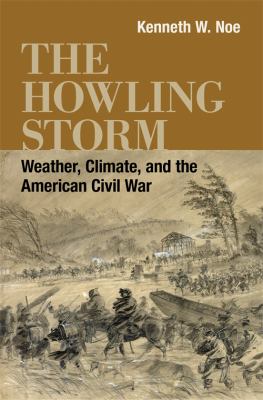
Book
|
The howling storm : weather, climate, and the American Civil War
Copies
3 Total copies, 3 Copies are in,
0 Copies are out.
Title
The howling storm : weather, climate, and the American Civil War
Call No
973.7 1
Authors
Subjects
Language
English
Published
Baton Rouge [LA] : Louisiana State University Press, [2020].
Publication Desc
xiii, 670 pages : maps ;
ISBN
9780807173206 (hardcover)
LCCN
2019058460
Dimensions
25 cm.








